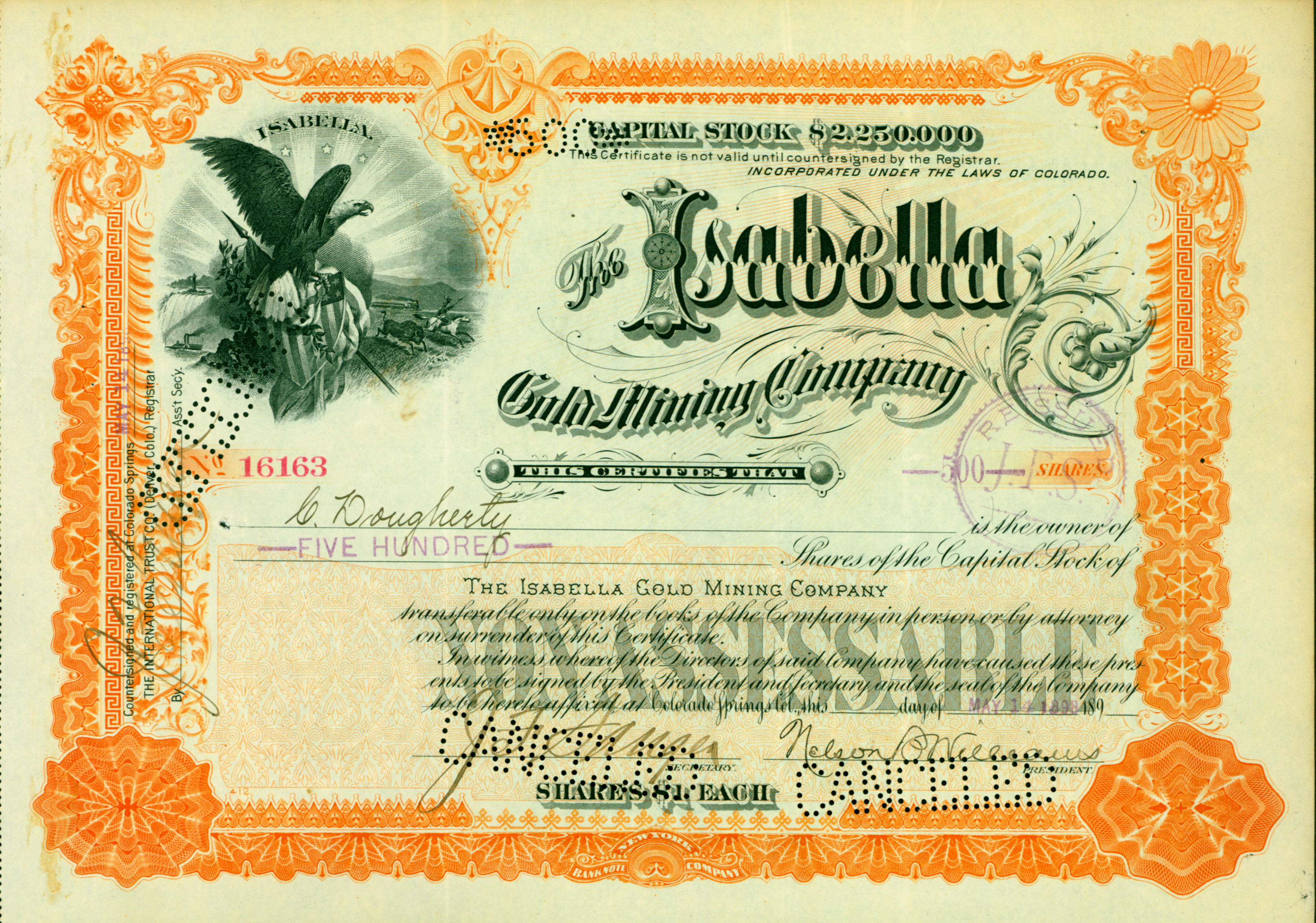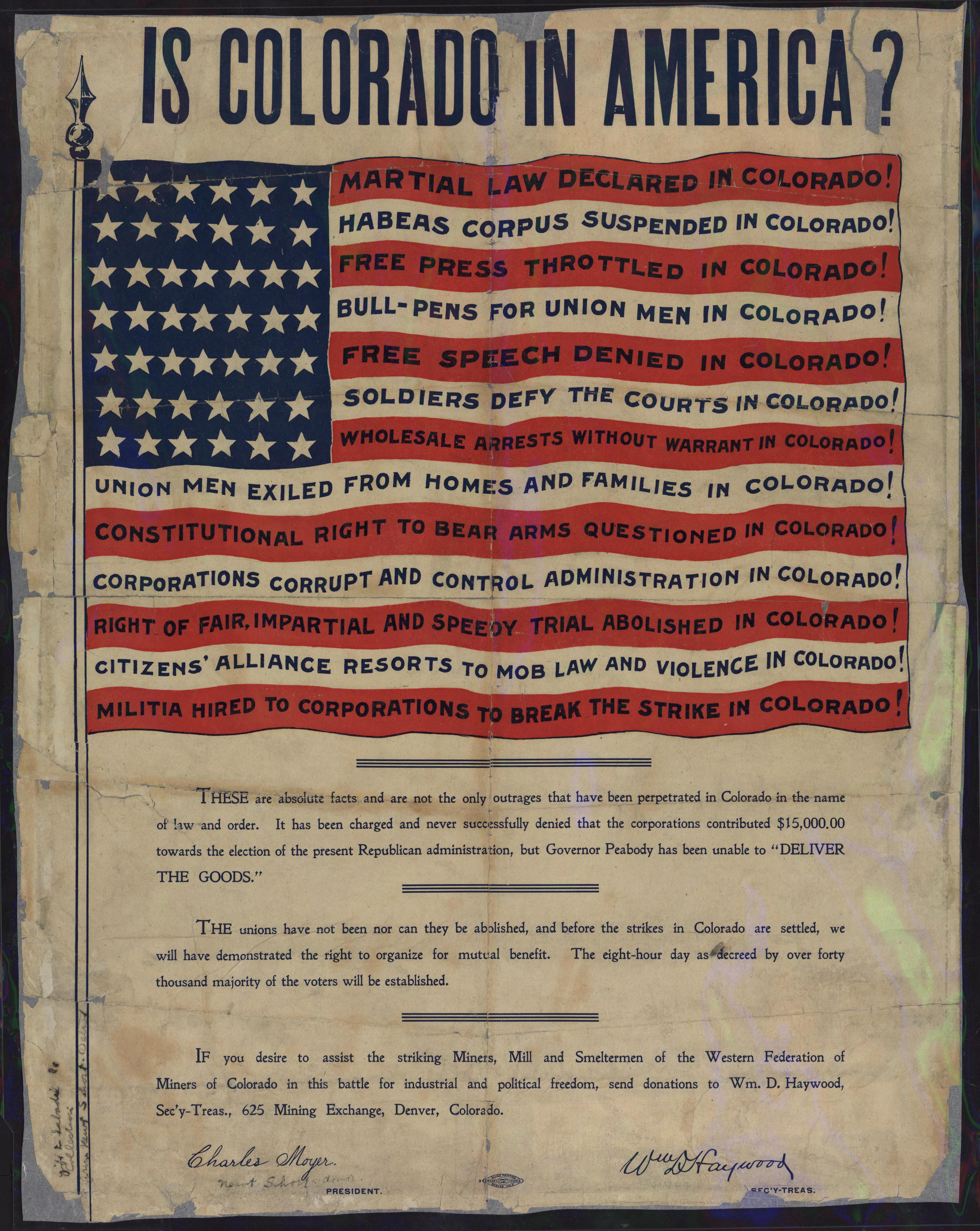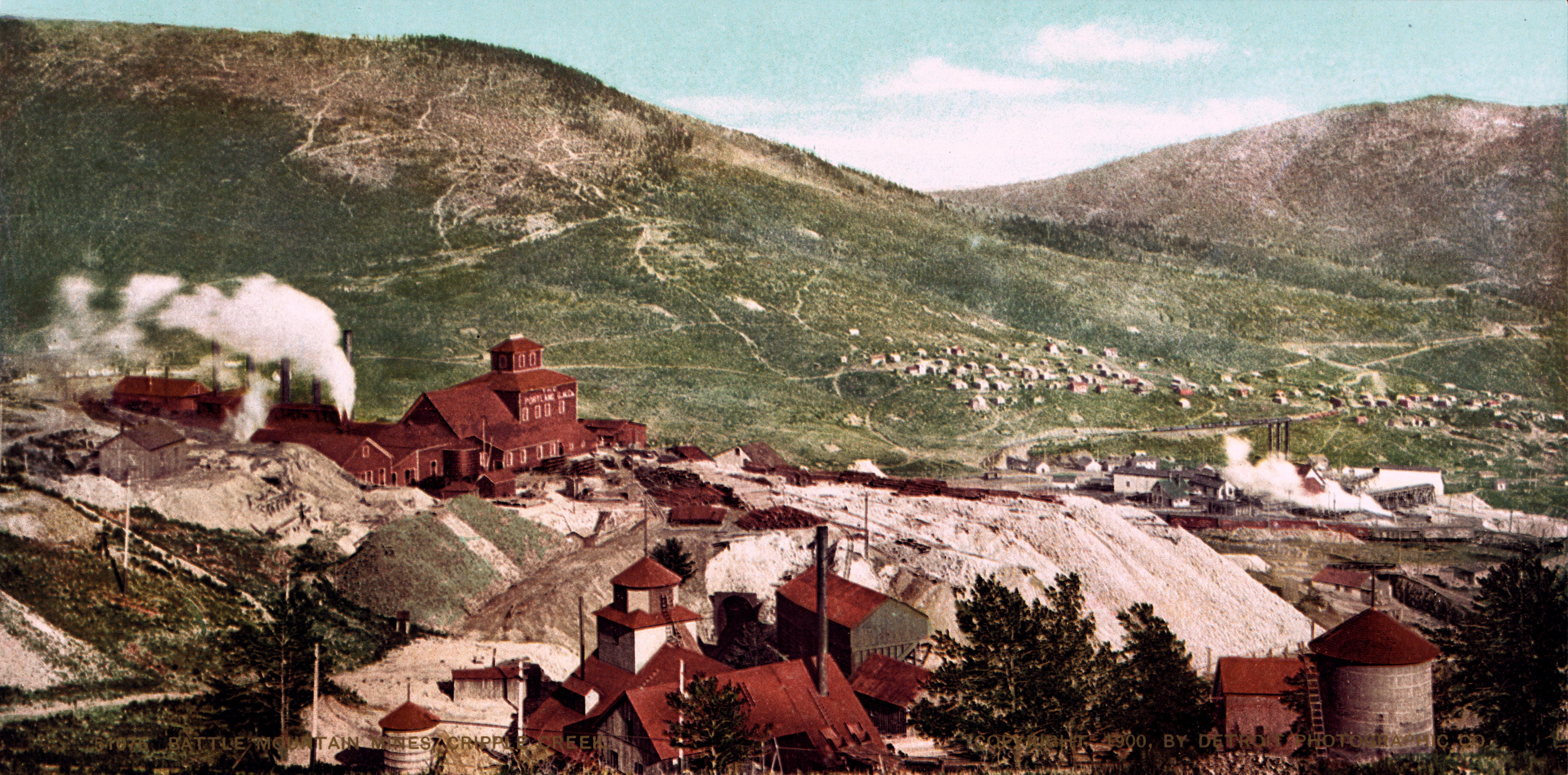|
J. J. Hagerman
James John (J.J.) Hagerman (March 23, 1838 – September 13, 1909) was an American industrialist who owned mines, railroads and corporate farms in the American West in the late 19th and early 20th centuries. He was one of the most influential men in territorial New Mexico. Early life J. J. Hagerman was born March 23, 1838, near Port Hope, Ontario, in Canada. His parents were James and Margaret (Crawford) Hagerman, immigrants of Scandinavian descent. The family moved to Newport, Michigan, in 1843. The family became naturalized United States citizens in 1848. Hagerman went to the University of Michigan in 1857. While in college, Hagerman took a job as a clerk with the Milwaukee Iron Company, a manufacturer of railroad ties. He continued working there after graduation in 1861, and by 1863 had so impressed the company's owners that he was made business manager of the firm. Hagerman married Anna Osborne in 1867. The couple had two sons, Percy and Herbert James Hagerman, Herbert. J. ... [...More Info...] [...Related Items...] OR: [Wikipedia] [Google] [Baidu] |
Port Hope, Ontario
Port Hope is a municipality in Southern Ontario, Canada, approximately east of Toronto and about west of Kingston. It is located at the mouth of the Ganaraska River on the north shore of Lake Ontario, in the west end of Northumberland County. The private Trinity College School opened here in 1868. History Cayuga people, one of the Six Nations of the Iroquois Confederacy, migrated to the Port Hope area from New York state in 1779. They had been forced from their homeland south of the Great Lakes after having been allies of the British during the American Revolution. Great Britain had ceded these lands, along with territory it occupied in the Thirteen Colonies east of the Mississippi River, after the United States won independence. In 1793, United Empire Loyalists from the northern colonies became the first permanent settlers of European heritage in Port Hope, as the Crown granted them land as compensation for being forced to leave the colonies (much of their property was confi ... [...More Info...] [...Related Items...] OR: [Wikipedia] [Google] [Baidu] |
Colorado Midland Railway
The Colorado Midland Railway , Railway Equipment and Publication CompanyThe Official Railway Equipment Register June 1917, p. 786 incorporated in 1883, was the first standard gauge railroad built over the Continental Divide in Colorado. It ran from Colorado Springs to Leadville and through the divide at Hagerman Pass to Glenwood Springs and Grand Junction. History John J. Hagerman gained control of the Colorado Midland Railway Company in June 1885. In September 1890, Hagerman sold the railroad to the Atchison, Topeka and Santa Fe Railway, which operated the railroad as a subsidiary and changed the name to the Colorado Midland Railroad. For a short time the railroad was consolidated with the Aspen Short Line (1893-1897). Following the Panic of 1893, the Santa Fe railroad failed and both it and the Colorado Midland went into receivership. During this time, a crash in the price of silver also led to economic decline in the mining towns served by the railway. After the com ... [...More Info...] [...Related Items...] OR: [Wikipedia] [Google] [Baidu] |
John Chisum
John Simpson Chisum (August 16, 1824 – December 23, 1884) was a wealthy cattle baron in the American West in the mid-to-late 19th century. He was born in Hardeman County, Tennessee, and moved with his family to the Republic of Texas in 1837, later finding work as a building contractor. He also served as county clerk in Lamar County. He was of Scottish, English, and Welsh descent. In 1854, Chisum became engaged in the cattle business and became one of the first to send his herds to New Mexico Territory. He obtained land along the Pecos River by right of occupancy and eventually became the owner of a large ranch in the Bosque Grande, about forty miles south of Fort Sumner, with over 100,000 head of cattle. In 1866-67, Chisum formed a partnership with cattlemen Charles Goodnight and Oliver Loving to assemble and drive herds of cattle for sale to the United States Army in Fort Sumner and Santa Fe, New Mexico, to provide cattle to miners in Colorado as well as provide cattle to ... [...More Info...] [...Related Items...] OR: [Wikipedia] [Google] [Baidu] |
Eight-hour Day
The eight-hour day movement (also known as the 40-hour week movement or the short-time movement) was a social movement to regulate the length of a working day, preventing excesses and abuses. An eight-hour work day has its origins in the 16th century Spain, but the modern movement dates back to the Industrial Revolution in Britain, where industrial production in large factories transformed working life. At that time, the working day could range from 10 to 16 hours, the work week was typically six days a week and the use of child labour was common. The first country that introduced the 8-hour work day by law for factory and fortification workers was Spain in 1593. In contemporary era, it was established for all professions by the Soviet Union in 1917. History Sixteenth century In 1594, Philip II of Spain established an eight-hour work day by a royal edict known as '' Ordenanzas de Felipe II'', or Ordinances of Philip II. This established: An exception was applied to mine ... [...More Info...] [...Related Items...] OR: [Wikipedia] [Google] [Baidu] |
Western Federation Of Miners
The Western Federation of Miners (WFM) was a labor union that gained a reputation for militancy in the mines of the western United States and British Columbia. Its efforts to organize both hard rock miners and smelter workers brought it into sharp conflicts – and often pitched battles – with both employers and governmental authorities. One of the most dramatic of these struggles occurred in the Cripple Creek district of Colorado in 1903–1904; the conflicts were thus dubbed the Colorado Labor Wars. The WFM also played a key role in the founding of the Industrial Workers of the World in 1905, but left that organization several years later. The WFM changed its name to the International Union of Mine, Mill, and Smelter Workers (more familiarly referred to as Mine Mill) in 1916. After a period of decline it revived in the early days of the New Deal and helped found the Congress of Industrial Organizations (CIO) in 1935. The Mine Mill union was expelled from the CIO in 1950 du ... [...More Info...] [...Related Items...] OR: [Wikipedia] [Google] [Baidu] |
Cripple Creek Miners' Strike Of 1894
The Cripple Creek miners' strike of 1894 was a five-month strike action, strike by the Western Federation of Miners (WFM) in Cripple Creek, Colorado, Cripple Creek, Colorado, United States. It resulted in a victory for the trade union, union and was followed in 1903 by the Colorado Labor Wars. It is notable for being the only time in United States history when a state militia (United States), militia was called out (May/June 1894) in support of striking workers.Philpott, p. 26. The strike was characterized by firefights and use of dynamite, and ended after a standoff between the Colorado National Guard, Colorado state militia and a private force working for owners of the mines. In the years after the strike, the WFM's popularity and power increased significantly through the region. Causes of the strike At the end of the 19th century, Cripple Creek, Colorado, Cripple Creek was the largest town in the gold-mining district that included the towns of Altman, Anaconda, Arequa, Goldf ... [...More Info...] [...Related Items...] OR: [Wikipedia] [Google] [Baidu] |
Isabella Gold Mining Company 1898
Isabella may refer to: People and fictional characters * Isabella (given name), including a list of people and fictional characters * Isabella (surname), including a list of people Places United States * Isabella, Alabama, an unincorporated community * Isabella, California, a former settlement * Lake Isabella, California, a man-made reservoir * Isabella, Georgia, an unincorporated community * Isabella County, Michigan * Isabella, an unincorporated community in Isabella Township, Michigan * Isabella, Minnesota, an unincorporated community * Isabella, Missouri, an unincorporated community * Isabella River (Minnesota) * Isabella, Oklahoma, a census-designated place and unincorporated community * Isabella, Pennsylvania (other) * Isabella Furnace, a cold-blast charcoal iron furnace, Pennsylvania Elsewhere * Isabella River (New South Wales), Australia * Isabella Island, Tasmania, Australia * Isabela Island (Galápagos) * Isabella, Manitoba, Canada, a settlement * Is ... [...More Info...] [...Related Items...] OR: [Wikipedia] [Google] [Baidu] |
Cripple Creek, Colorado
Cripple Creek is a statutory city that is the county seat of Teller County, Colorado, United States. The city population was 1,155 at the 2020 United States Census. Cripple Creek is a former gold mining camp located southwest of Colorado Springs near the base of Pikes Peak. The Cripple Creek Historic District, which received National Historic Landmark status in 1961, includes part or all of the city and the surrounding area. The city is now a part of the Colorado Springs, CO Metropolitan Statistical Area and the Front Range Urban Corridor. History For many years, Cripple Creek's high valley, at an elevation of , was considered no more important than a cattle pasture. Many prospectors avoided the area after the ''Mount Pisgah hoax'', a mini gold rush caused by salting (adding gold to worthless rock). On 20 October, 1890, Robert Miller "Bob" Womack discovered a rich ore and the last great Colorado gold rush began. By July 1891, a post office was established. By November, h ... [...More Info...] [...Related Items...] OR: [Wikipedia] [Google] [Baidu] |
Sherman Silver Purchase Act
The Sherman Silver Purchase Act was a United States federal law enacted on July 14, 1890.Charles Ramsdell Lingley, ''Since the Civil War'', first edition: New York, The Century Co., 1920, ix–635 p., . Re-issued: Plain Label Books, unknown date, under a new title: ''The United States Since the Civil War'', 310 p. See: page 173(Google Books). The measure did not authorize the free and unlimited coinage of silver that the Free Silver supporters wanted; however, it increased the amount of silver the government was required to purchase on a recurrent monthly basis to 4.5 million ounces.Homer E. Socolofsky and Allen B. Spetter, ''The Presidency of Benjamin Harrison'', p. 59. The Sherman Silver Purchase Act had been passed in response to the growing complaints of farmers' and miners' interests. Farmers had immense debts that could not be paid off due to deflation, and they urged the government to pass the Sherman Silver Purchase Act in order to boost the economy and cause inflation, a ... [...More Info...] [...Related Items...] OR: [Wikipedia] [Google] [Baidu] |
Panic Of 1893
The Panic of 1893 was an economic depression in the United States that began in 1893 and ended in 1897. It deeply affected every sector of the economy, and produced political upheaval that led to the political realignment of 1896 and the presidency of William McKinley. Causes The Panic of 1893 has been traced to many causes, one of those points to Argentina; investment was encouraged by the Argentine agent bank, Baring Brothers. However, the 1890 wheat crop failure and a failed coup in Buenos Aires ended further investments. In addition, speculations in South African and Australian properties also collapsed. Because European investors were concerned that these problems might spread, they started a run on gold in the U.S. Treasury. Specie was considered more valuable than paper money; when people were uncertain about the future, they hoarded specie and rejected paper notes.Nelson, Scott Reynolds. 2012. A Nation of Deadbeats. New York: Alfred Knopf, p. 189. During the Gi ... [...More Info...] [...Related Items...] OR: [Wikipedia] [Google] [Baidu] |
Atchison, Topeka And Santa Fe Railway
The Atchison, Topeka and Santa Fe Railway , often referred to as the Santa Fe or AT&SF, was one of the larger railroads in the United States. The railroad was chartered in February 1859 to serve the cities of Atchison, Kansas, Atchison and Topeka, Kansas, and Santa Fe, New Mexico. The railroad reached the Kansas–Colorado border in 1873 and Pueblo, Colorado, in 1876. To create a demand for its services, the railroad set up real estate offices and sold farmland from the land grants that it was awarded by United States Congress, Congress. Despite being chartered to serve the city, the railroad chose to bypass Santa Fe, due to the engineering challenges of the mountainous terrain. Eventually Santa Fe Southern Railway, a branch line from Lamy, New Mexico, brought the Santa Fe railroad to its namesake city. The Santa Fe was a pioneer in intermodal freight transport; at various times, it operated an airline, the short-lived Santa Fe Skyway, and the fleet of Santa Fe Railroad Tugboa ... [...More Info...] [...Related Items...] OR: [Wikipedia] [Google] [Baidu] |







